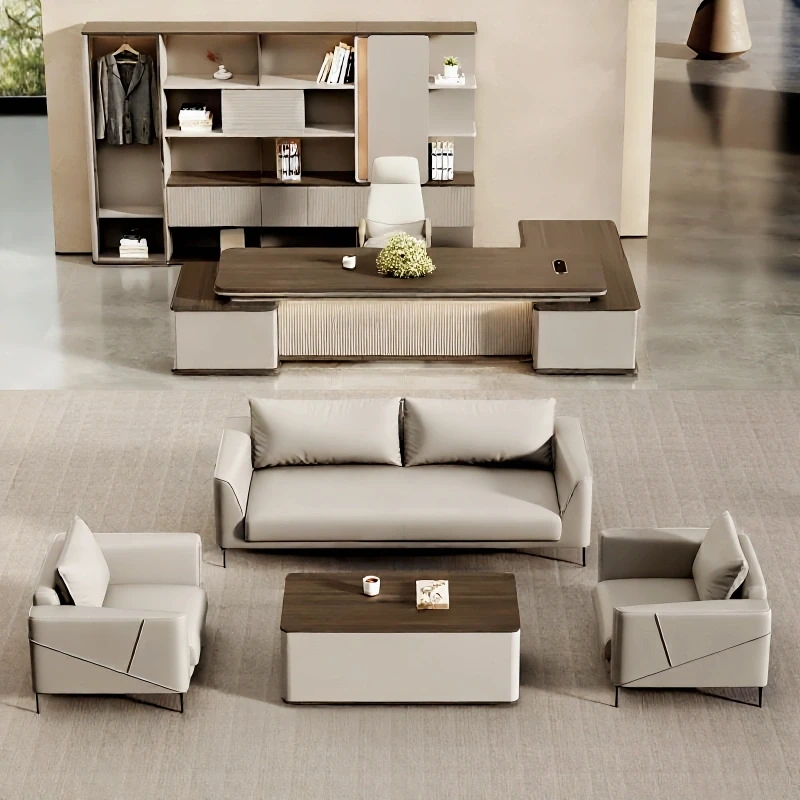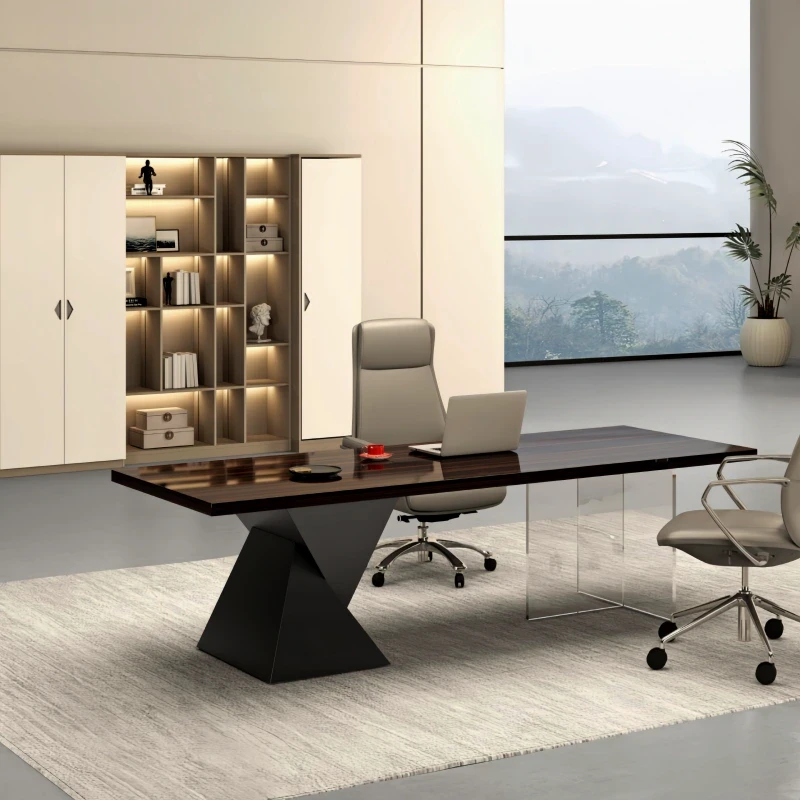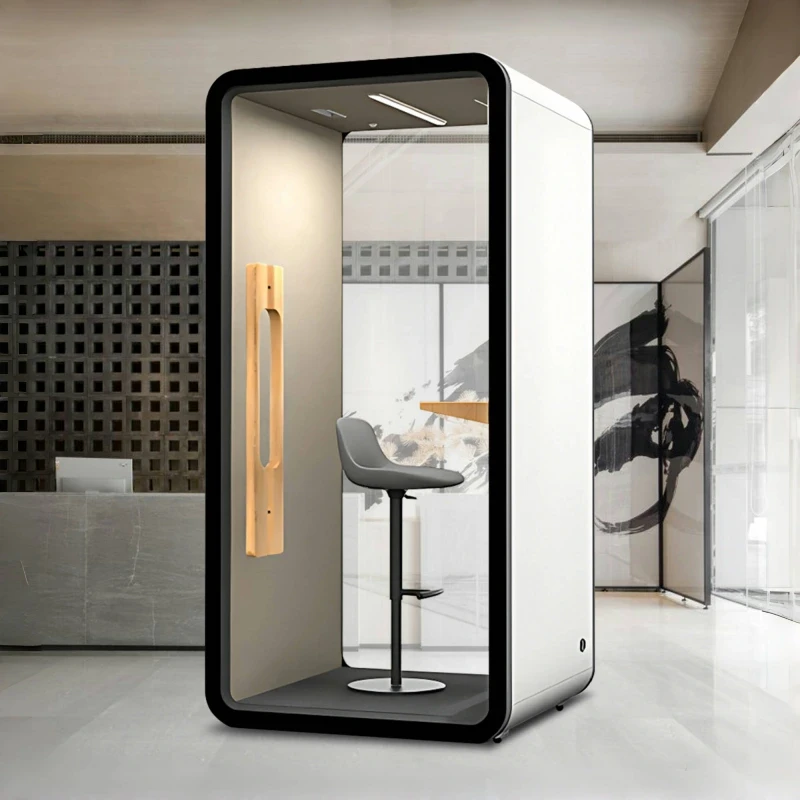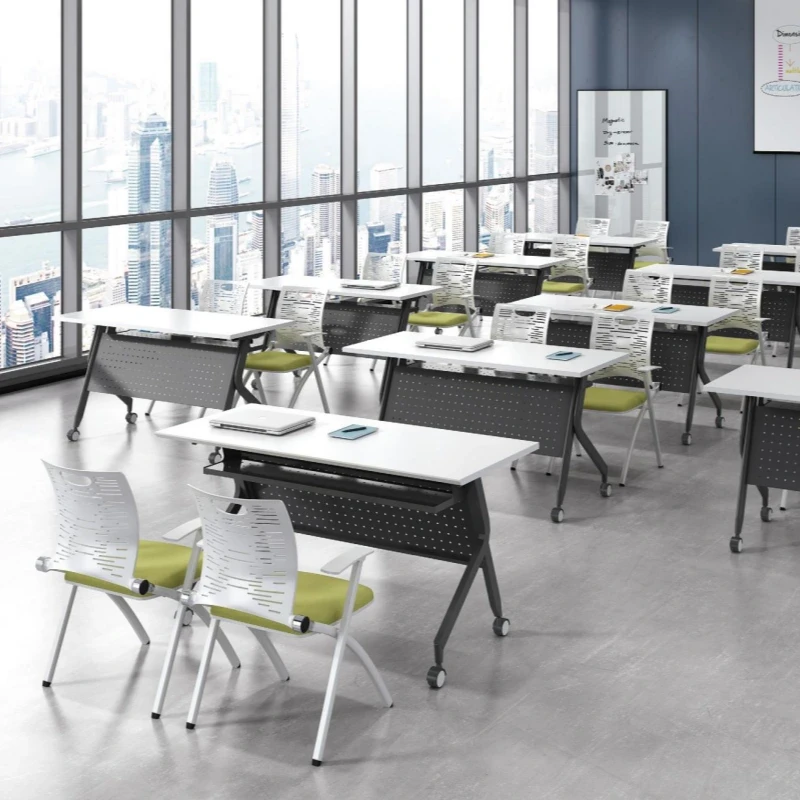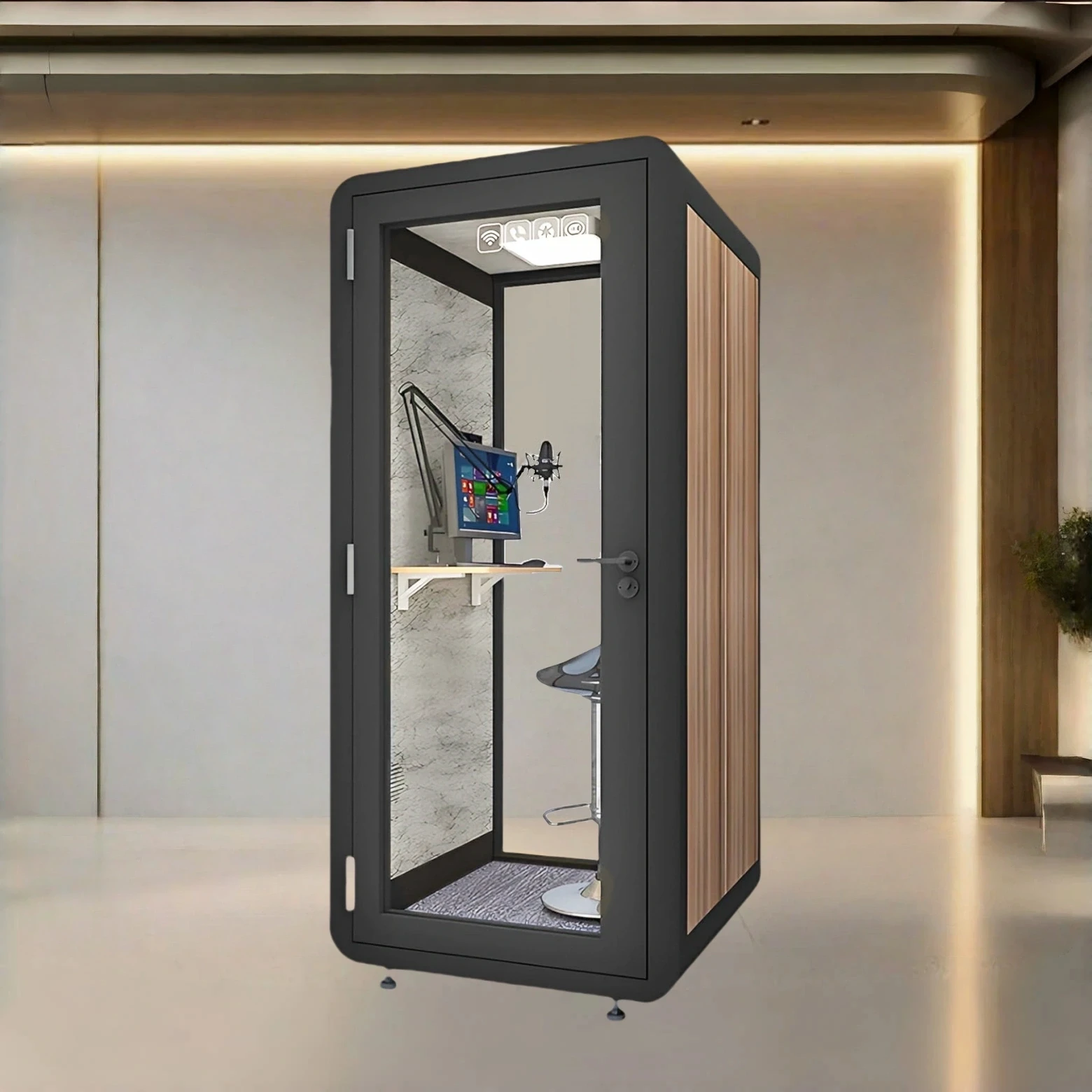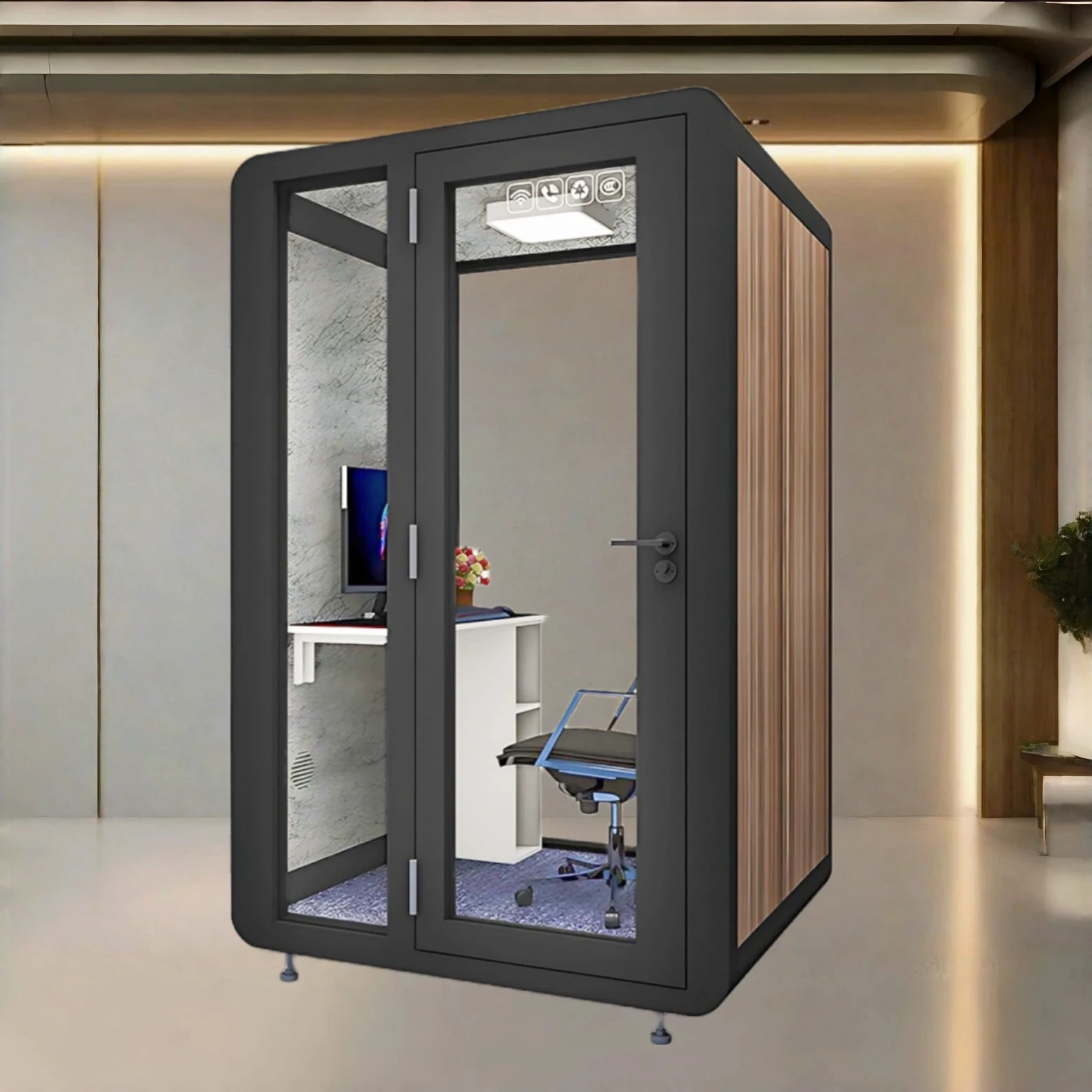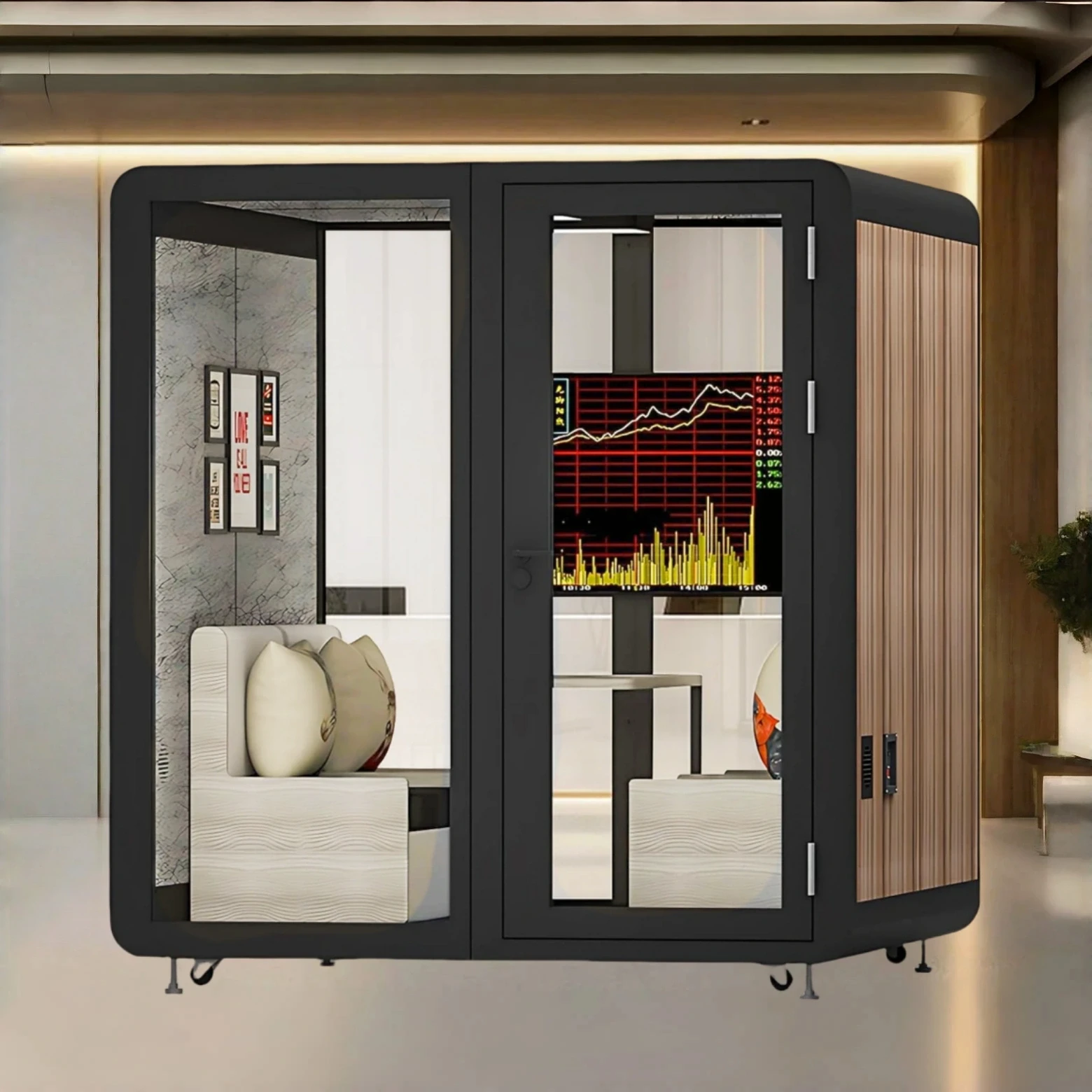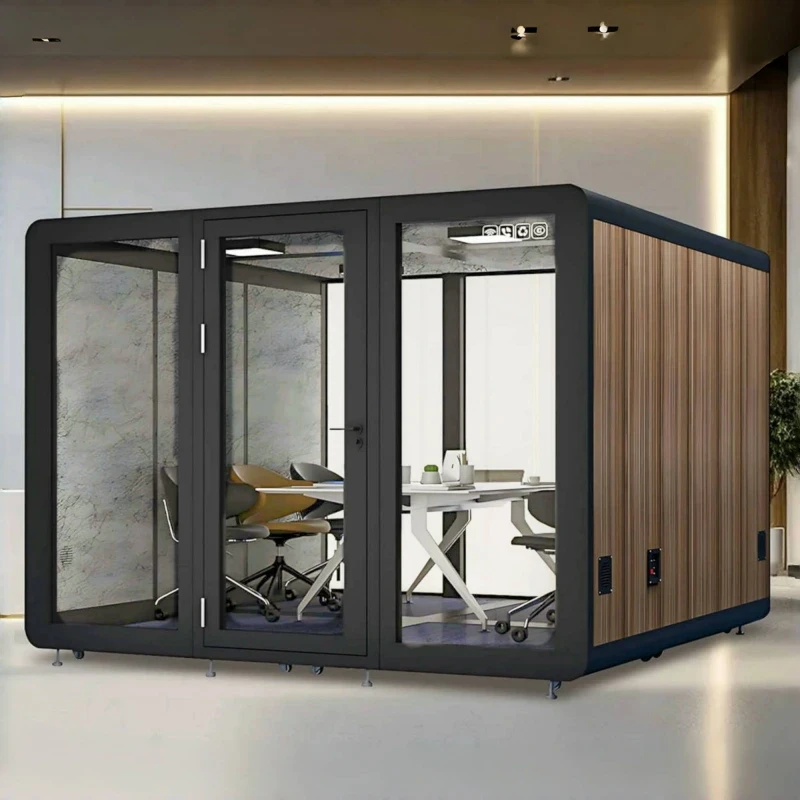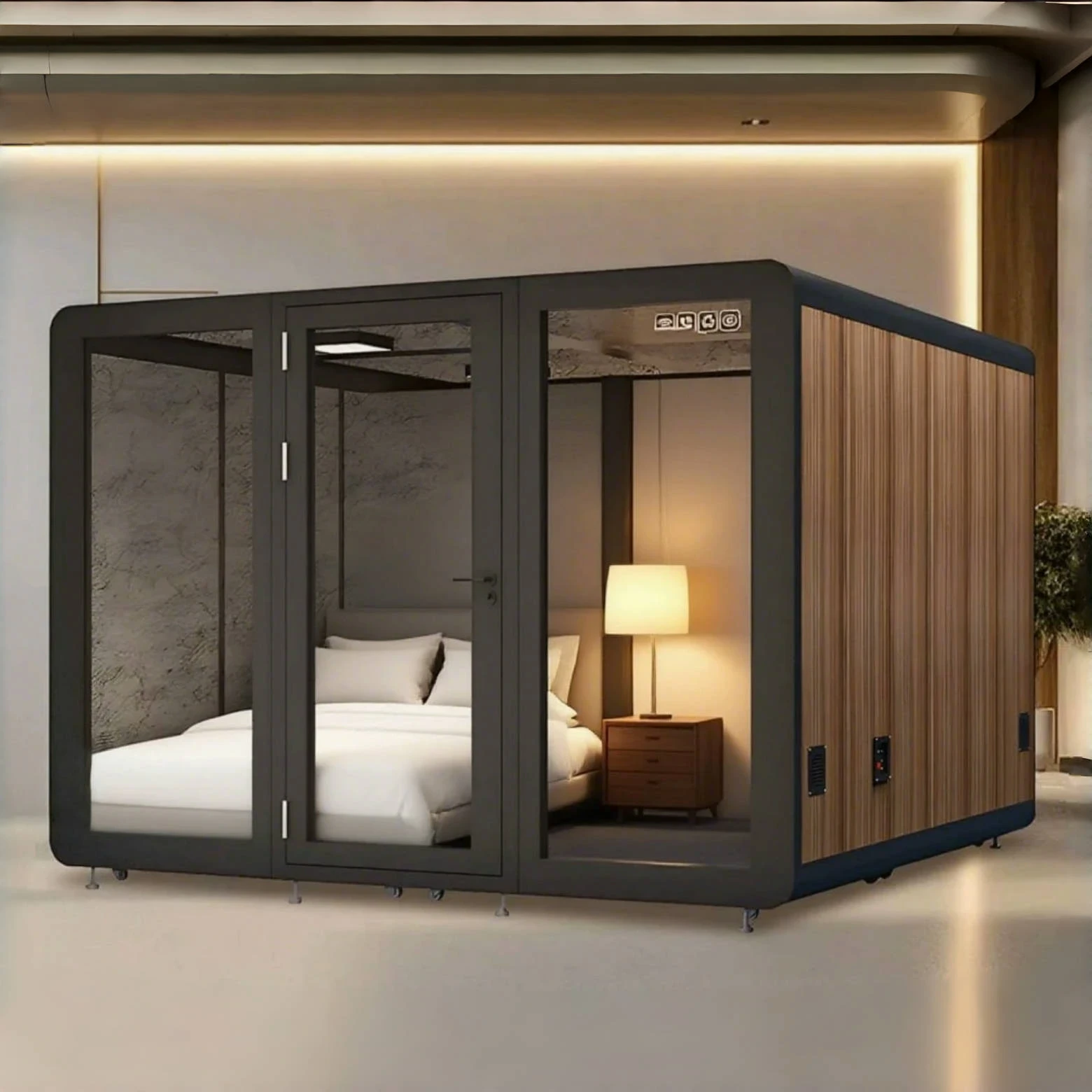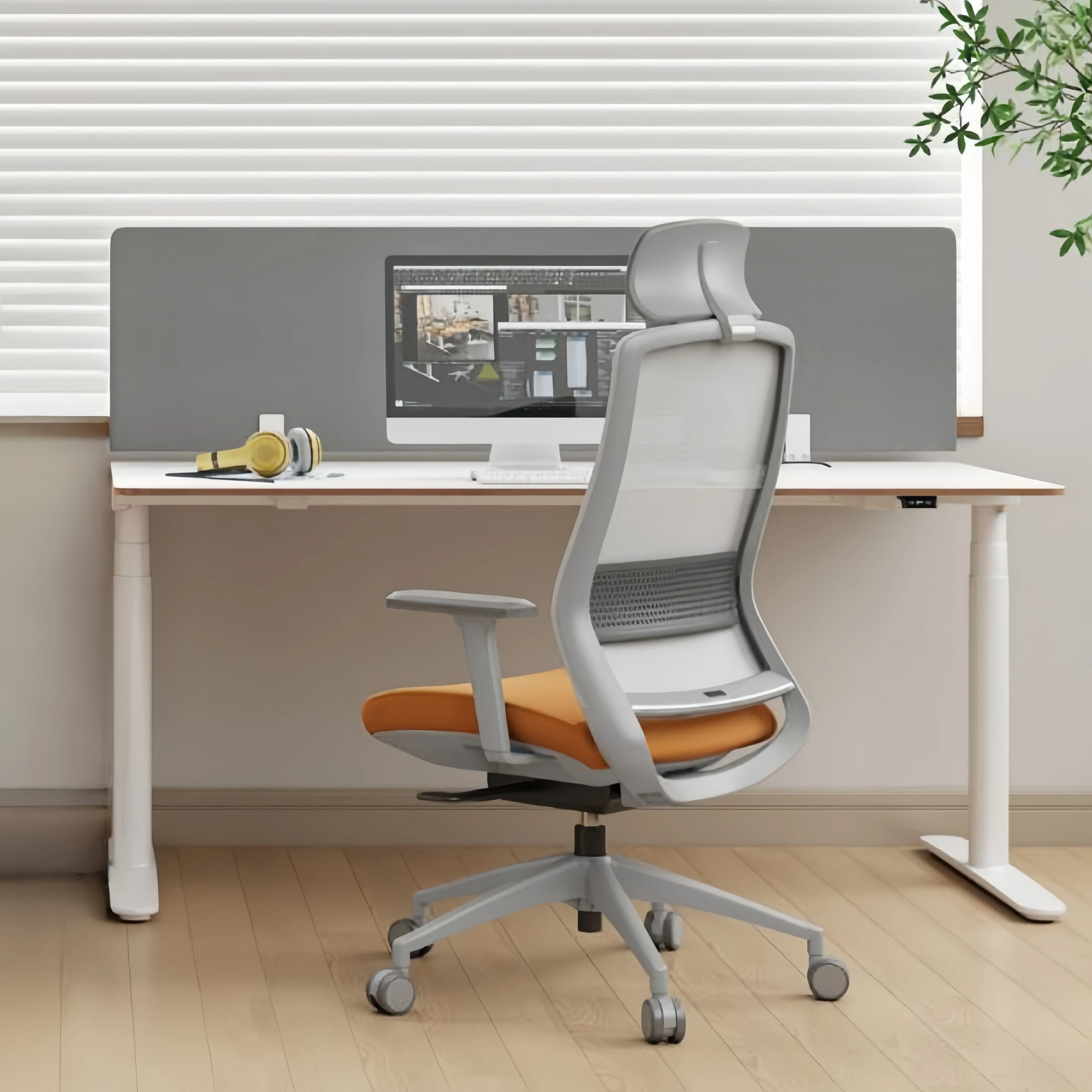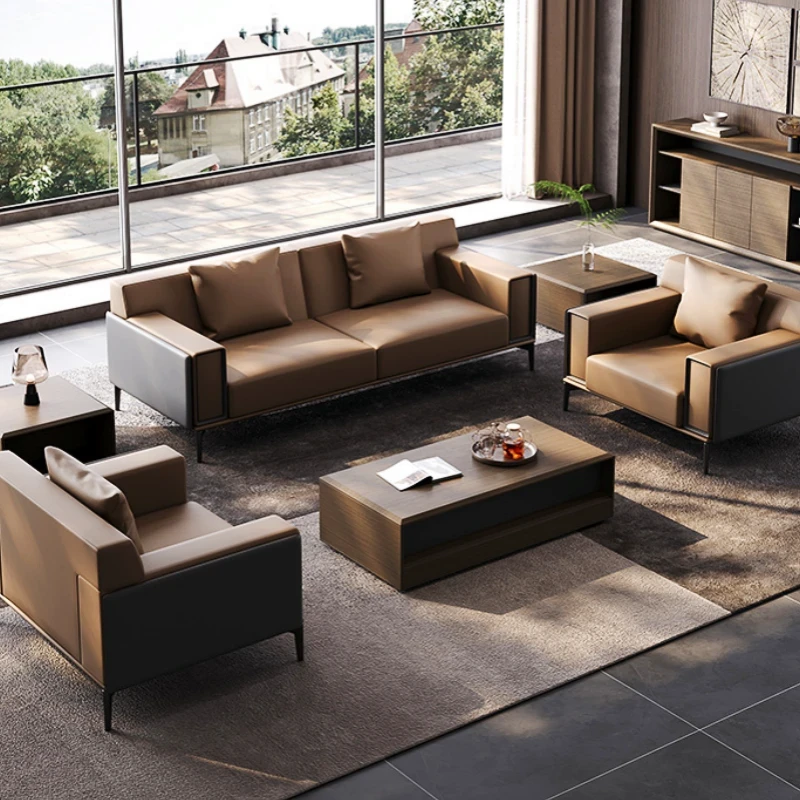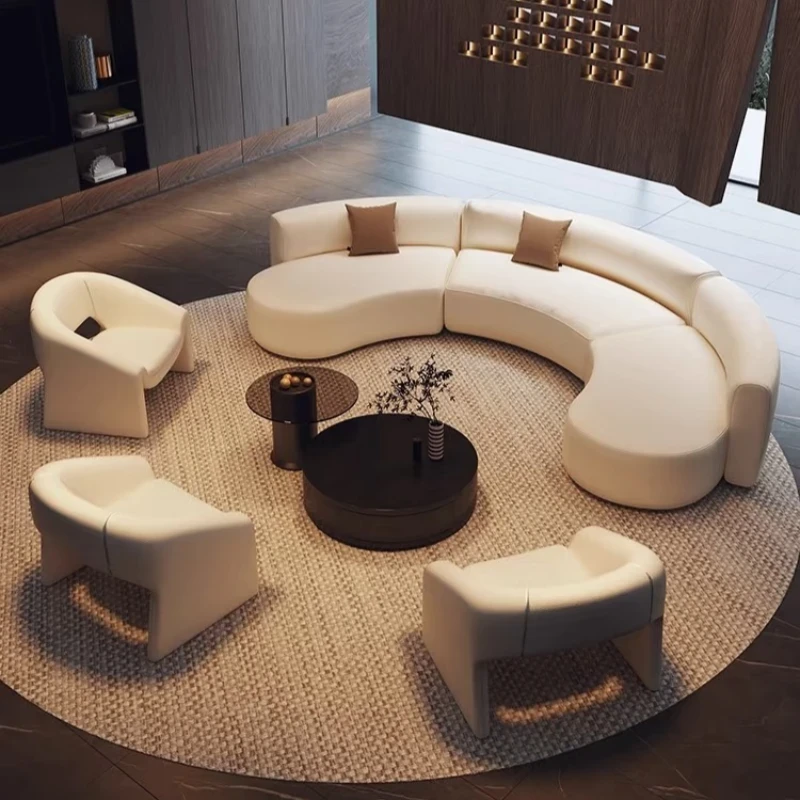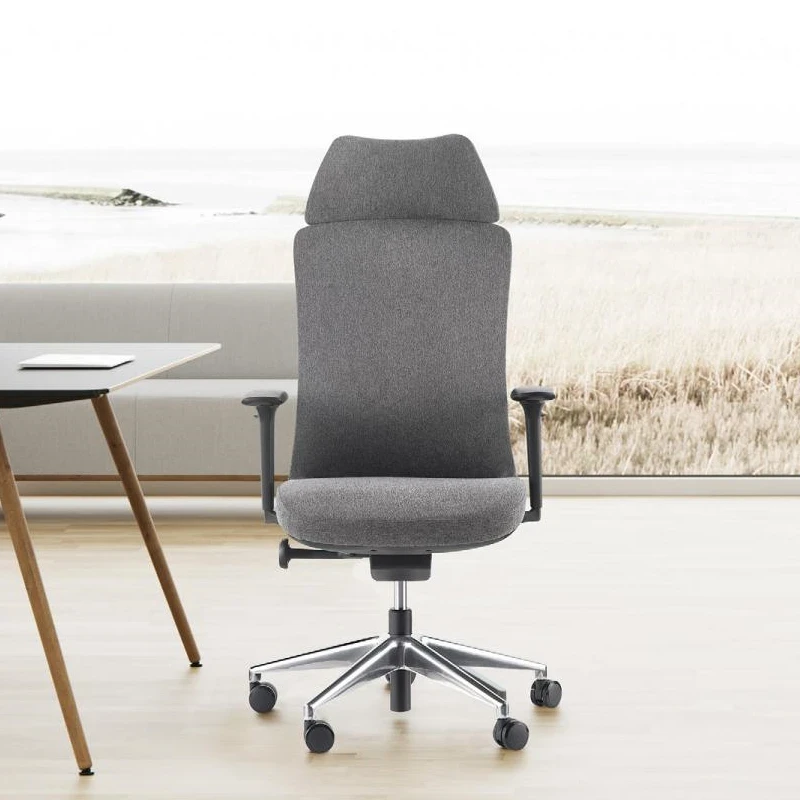Home safes, with their unique anti-theft features, are increasingly expanding from workplaces to ordinary households. However, recent inspections by quality control authorities have revealed that many security products marketed as "safekeeping boxes," "treasure boxes," and "privacy boxes" lack true theft protection, yet are skirting the market. At a filing cabinet store, a salesperson introduced a "multifunctional electronic treasure box" produced by a Ningbo company. The user manual clearly stated that it "is equipped with a novel, drill- and pry-proof lock, increasing theft resistance by over five times." However, the salesperson also claimed that the product only adhered to company standards. When the reporter inquired about the difference between a treasure box and a safe, the salesperson explained, "The functions are similar, the only difference is the thickness of the steel plate, and treasure boxes are much cheaper." This situation has the unfortunate consequence of creating opportunities for criminals. According to statistics from a public security bureau regarding theft cases solved, safes are stolen from prying boxes, making up a significant portion of all thefts.
Therefore, the editor of Henan Huadu Times Furniture urges relevant departments to strictly control the production quality of safe manufacturers and prevent inferior products from entering the market. Safe users must overcome complacency and avoid taking chances. They must carefully consider the quality of their safes when selecting them. The saying "a cheap safe isn't necessarily a good deal" is true. What is the current situation of home safes in China? First, the quality of products varies widely. Many manufacturers cut corners, producing inferior home safes, even passing off safes as safes, collection boxes, or privacy boxes. This creates numerous safety risks in the home safe market. Second, consumers lack understanding of industry standards and knowledge about home safes, leaving them feeling lost when purchasing. The main areas of concern for unqualified safes include: Destruction resistance. Destruction resistance is measured by two indicators: resistance to opening a hole and resistance to opening the door. National standards require that most products with a safety level of A1 currently sold on the market should be able to prevent the use of ordinary hand tools, portable power tools, grinding heads, and the use of these tools in conjunction with each other, from opening cabinet doors or creating a 38 square centimeter through hole in the cabinet door or cabinet body within a net working time of less than 15 minutes.
The situation with products sold on the market is this: "Due to rising raw material prices, some anti-theft safe manufacturers are cutting corners, resulting in substandard safety performance." It's reported that in the first quarter of this year, the Zhejiang Provincial Bureau of Quality and Technical Supervision inspected 20 types of safes from 20 companies in three cities, including Hangzhou, Ningbo, and Jiaxing, and found a pass rate of only 60%. In the Huadu Group testing laboratory, inspectors are conducting a destructive test on an anti-theft safe.
A 1.25 kg hammer and an ordinary chisel... 3 minutes and 28 seconds later, with a "clang", the door of the safe was pried open.
"According to national regulations, qualified products are not allowed to be opened within 15 minutes." Cheng Min, a testing engineer at Huadu Group, said that the product definitely does not meet the safety performance standards.
Next, the inspectors conducted a hole-opening experiment, using tools like an electric drill and saw blades to create a 38-square-centimeter hole in the top of the safe. Cheng Min explained that a 38-square-centimeter hole was enough to reach in. While the national standard time for this operation is at least 15 minutes, the on-site inspection took only 4 minutes and 42 seconds. "The fact that it took 3 minutes and 28 seconds to pry the lock indicates the mechanical combination lock's protective structure isn't strong enough. The fact that it took 4 minutes and 42 seconds to open the hole indicates the material is too thin and of poor quality," Cheng Min explained.
The main reasons for the substandard home safes mentioned above are: poor product quality control. Some manufacturers neglect or lack understanding of standards, fail to strictly adhere to them, fail to implement effective quality control during the manufacturing process, and lax product inspections. Deviant product design concepts exist. Some companies prioritize appearance over inherent quality during product development. Unconstrained cost reductions occur. Consumers generally lack understanding of the structural performance of anti-theft safes, making low-priced products highly attractive in the market. Some companies, driven by competitive pricing, cut costs by omitting essential protective features, and even cutting corners, ultimately resulting in substandard products. For example, the thickness of the steel plate in anti-theft safes is crucial to their ability to withstand vandalism and is a fundamental factor in preventing theft. However, some companies, driven by cost reductions, reduce the thickness of the steel plate during production, eliminating necessary protection in the locking mechanism. This significantly reduces the product's anti-theft functionality, resulting in the product being rendered ineffective. Experts also remind consumers to carefully consider the distinction between safes and safe deposit boxes.
In recent years, safe deposit boxes have emerged on the market, a cross between anti-theft safes and cabinet furniture. While my country currently lacks a national standard for safe deposit boxes, safe deposit boxes are categorized by lock mechanism: mechanical or electronic. While safe deposit boxes and safe deposit boxes appear similar in appearance, their bodies are thinner, typically made of steel or even sheet metal around 2mm thick. These are easily damaged, resulting in poorer anti-theft performance and are not considered specialized anti-theft devices. Safe deposit boxes are made of much thicker steel than safe deposit boxes, and are made of steel, with door panels typically 8mm to 10mm thick and cabinets at least 6mm thick. Their anti-theft performance is significantly superior to that of safe deposit boxes. Because safe deposit boxes and safe deposit boxes are visually indistinguishable, some vendors use ambiguous terms in product names and labeling, creating confusion among consumers. Furthermore, these structural differences make safe deposit boxes significantly cheaper than safe deposit boxes, making them very attractive in the market. Therefore, consumers should inquire carefully before purchasing an anti-theft safe deposit box to avoid mistakenly purchasing a safe deposit box. The product name should also be clearly stated on the invoice. If you're storing valuables, be sure to choose a safe. Avoid using a safe that costs only three or five hundred yuan, unless it's just for display. Otherwise, you'll end up with significant losses. Furthermore, Class A and Class B anti-theft safes weighing less than 340kg should come with mounting holes, fixings, and instructions for securing them. Only when properly installed according to the instructions can a safe truly prevent theft.
Quality inspectors remind consumers that anti-theft safes have security features, including fixings, alarms, and passwords. All three must be used. When purchasing, consider more than just aesthetics and price. First, check for a smooth exterior and evenly applied paint. Both the interior and exterior of the safe should be treated with anti-corrosion treatments such as spray paint or plastic spraying. The gap between the door leaf and the door frame should be small, ensuring flexible opening. Second, check for mounting holes. After purchase, install and secure the safe promptly according to the product manual to ensure it truly protects against theft.
Finally, the editor of Henan Huadu Times Furniture hopes that the majority of home safes can purchase safe and cost-effective home safe products through our relevant introduction, and truly protect the safety of your finances.
This article was edited and written by Henan Huadu Times Furniture Co., Ltd. Please indicate the source when reprinting http://www.chnhuadu.com

 USD
USD
 GBP
GBP
 EUR
EUR
